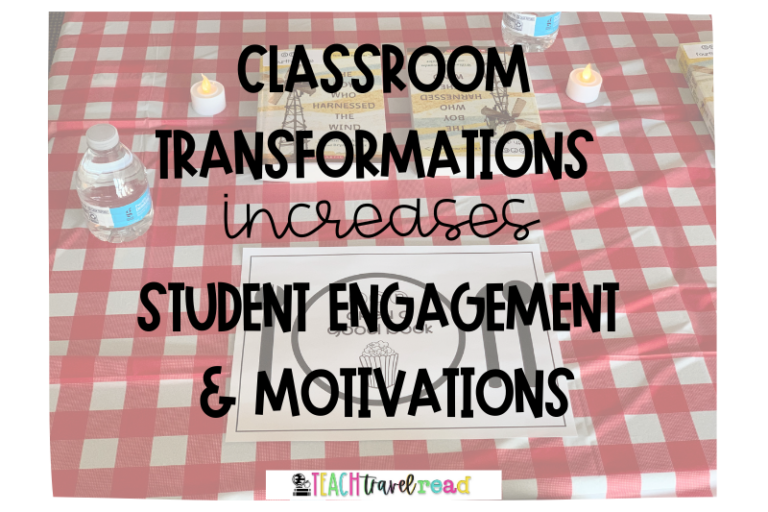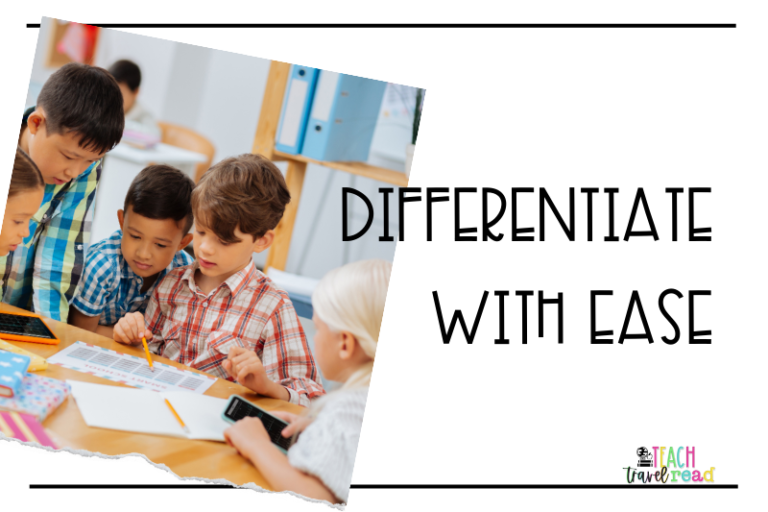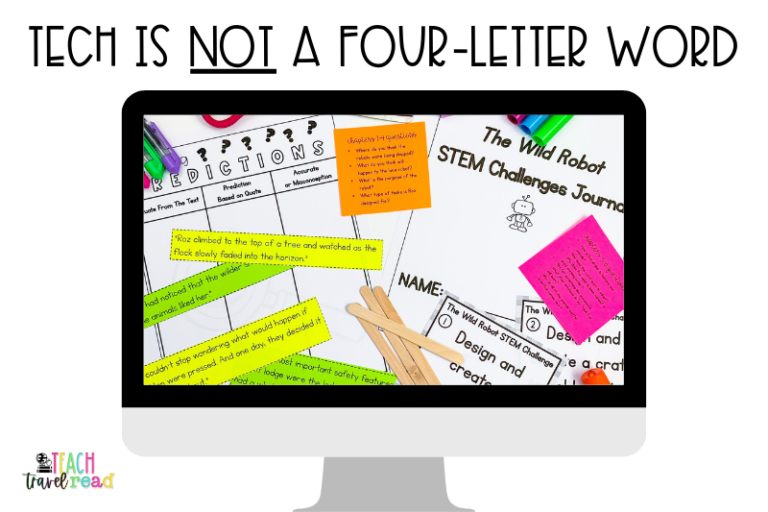Classroom transformations are one of my favorite ways to engage students in the learning process. By creating an immersive and engaging learning environment, teachers can help students become more motivated and invested in their education. Read on to learn more about creating classroom transformations!

One of the biggest benefits of classroom transformation is increased student engagement and motivation. When students are immersed in an environment that is designed to be engaging and interactive, they are more likely to be interested in the material being taught. This can lead to increased motivation to learn and a greater sense of ownership over their education. It also helps reduce classroom management and behavior issues. Additionally, when students are engaged and motivated, they are more likely to participate in class discussions and activities, which can lead to a deeper understanding of the material.
One of the best ways to engage readers is to host a book tasting. I use this pre-reading classroom transformation with my students every year. They especially love to participate in a book tasting when choosing books for book clubs. In order to set the stage to engage, you will need a few themed items, linked here in my Amazon storefront. Get ready to transform your teaching and engage your readers!

Classroom transformations can also enhance creativity and critical thinking skills among students. By creating a learning environment that is visually stimulating and encourages exploration, students are able to think outside the box and come up with innovative solutions to problems. This can be particularly beneficial for students who may struggle with traditional teaching methods or who have a natural inclination towards creativity.
Your gifted and talented students will thank you! Also, when students are given the freedom to explore and experiment, they are able to develop their critical thinking skills and learn how to analyze information. This can lead to a deeper understanding of the subject matter and better problem-solving abilities.

Classroom transformation allows for personalized learning experiences that help with differentiation for students. By creating a flexible learning environment, teachers can provide students with a variety of resources and activities that align with their individual learning styles and preferences. This can lead to increased engagement and motivation among students, as they feel more invested in their own learning. Additionally, personalized learning experiences can help students develop a sense of ownership over their education, which can lead to greater academic success and a lifelong love of learning.

Classroom transformations can involve the integration of technology and the use of various resources to enhance student learning. This can include interactive whiteboards, tablets, educational apps, and online resources. By using these tools, teachers can create a more dynamic and engaging learning experience for their students. Additionally, classroom transformations allow for the use of a variety of resources, such as books, manipulatives, and hands-on activities. This can lead to a more well-rounded and comprehensive education for all students.
Technology-integrated transformations use digital tools to engage students. Teachers can incorporate virtual reality, augmented reality, or gamification into lessons. This will bring subjects to life, making them more interactive for students. STEM transformations promote hands-on learning and innovation. This allows students to explore, experiment, and create, thus increasing critical thinking, problem-solving, and creativity.
Classroom transformations have the potential to unlock the magic of learning in elementary schools. By creating engaging environments, teachers can tap into students’ curiosity, foster creativity, promote collaboration, and ignite a passion for learning. The world of education is always evolving and transforming the classroom will continue to shape the future of teaching and learning.